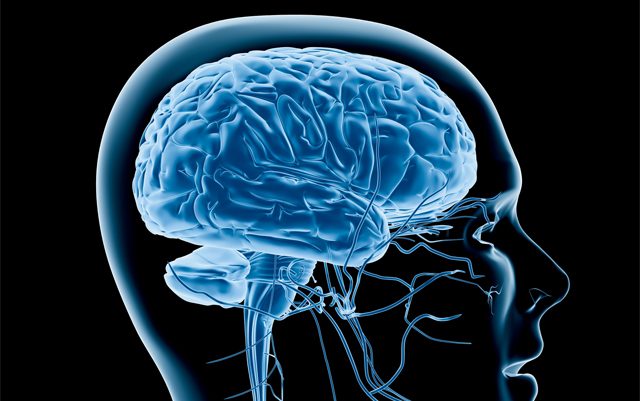Since the discovery of the endocannabinoid system there have been scientists trying to figure out how it works, what exactly it controls and what makes cannabinoids like THC and CBD so effective, while synthetic cannabinoids have proven to be dangerous thus far. For the very first time, we have a 3-D model of the cannabinoid 1 (CB1 receptor) – and with computer simulations we’re able to get an idea of how cannabinoids bind to these receptors, all of which will lead us to a much better understanding the endocannabinoid system.
In order to get the receptors still long enough for them to take a good look at the CB1 receptor, scientists created a molecule that freezes the receptors temporarily, allowing them enough time to learn about the receptors’ molecular structure.
“We are working hard to understand how the receptor is activated so that we can better understand the effects of synthetic cannabinoids such as K2 and Spice,” study co-author Raymond Stevens, also a professor of molecular structural biology and drug discovery at ShanghaiTech University, told Live Science.
This discovery is the start of something that will lead us to truly understanding how these receptors work – and why they react so well to certain cannabinoids, while creating adverse effects with synthetic ones. If we are able to understand that, then we may have the opportunity to use cannabis therapy to it’s fullest potential – and even save lives when it comes to the production of dangerous synthetic cannabinoids.
“We need to understand how marijuana works in our bodies; it can have both therapeutic potential and recreational use, but cannabinoids can also be very dangerous,” says iHuman Institute Professor Zhi-jie Liu, co-leader of the study. “By doing both the basic science and understanding how this receptor works, we can then use it to help people in the future.”
In the last thirty years or so, since the first discovery of cannabinoid receptor 1, we have been trying to understand what it is, how and why it is activated and how it affects our minds – and now we have the first models of this receptor to help answer some of these very questions.






